
How to charge an electric car
The emergence of electric cars is both exciting and revolutionary, but with it raises a number of questions. One quite critical one being, how do you charge an electric car? If you’re a complete newbie to this world then you may be picturing a ‘Back to the Future’ style contraption with complicated systems for charging. In truth, it’s a lot simpler and once you’ve ‘tried and tested’ once or twice, you’ll be able to do it with ease.
When you’re up and running with an Onto subscription, you’ll also be able to take advantage of the 14,000 plus public charging points which are FREE of charge with Onto's charging partners.
If you're interested in getting a charger installed at home, check out out our home charging partnership with Pod Point!
Types of charging stations for electric cars
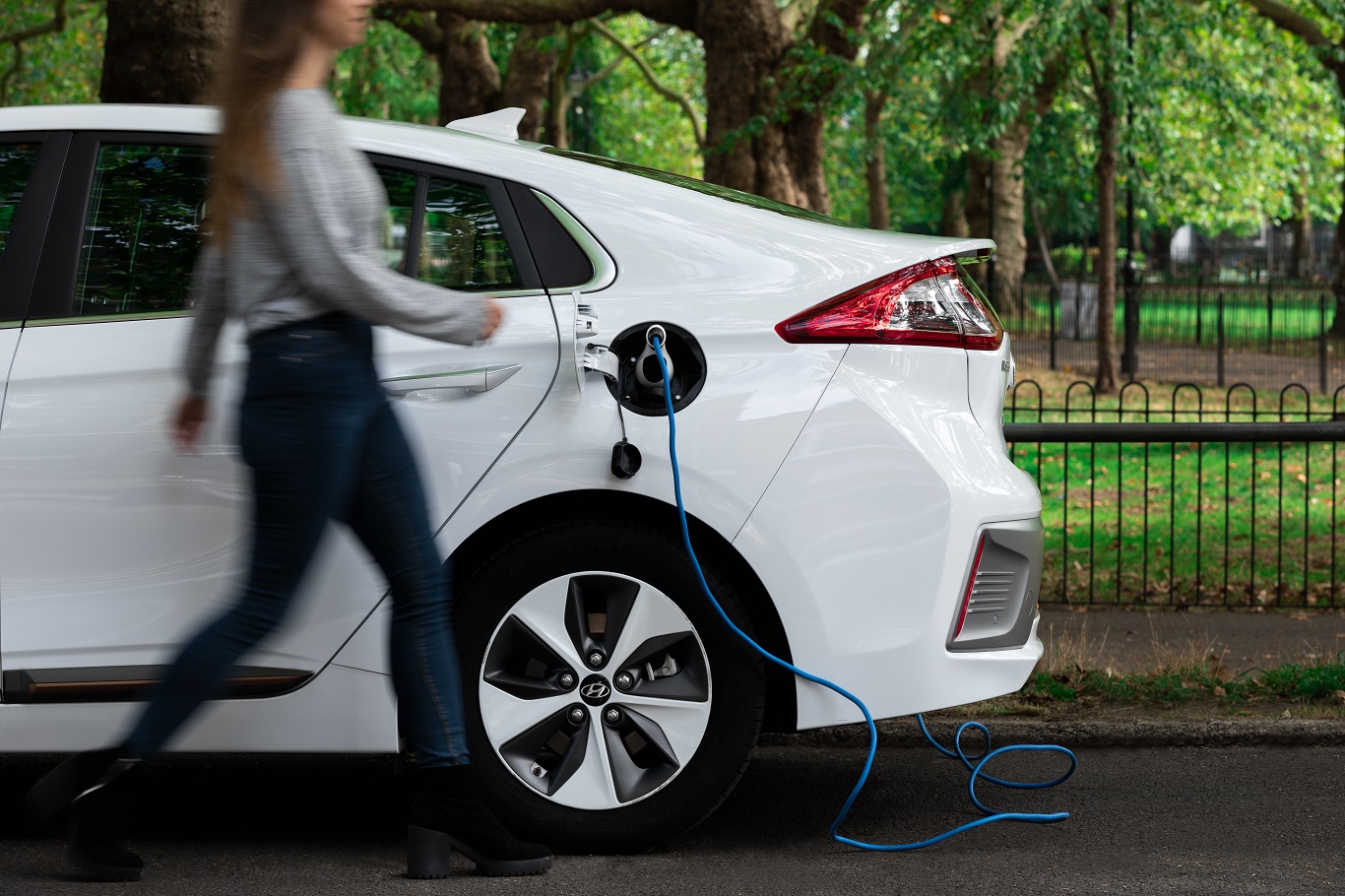
Electric cars give you the option to be flexible with refuelling so that you can charge at home or on the move. So if you’ve ever had the unsettling feeling of trying to find a petrol station in the past when you are low on fuel, then you may be comforted in the knowledge that you can charge the night before you travel away, from your house or apartment.
Below is our guide on charging from home or on the move, but on the whole both processes are similar.
How to charge an electric car
The emergence of electric cars is both exciting and revolutionary, but with it, raises a number of questions. One quite critical one being, how do you charge an electric car? If you’re a complete newbie to this world, then you may be picturing a ‘Back to the Future’ style contraption with complicated systems for charging. In truth, it’s a lot simpler and once you’ve ‘tried and tested’ once or twice, you’ll be able to do it with ease.
We’ve even got you covered with a quick and easy charging guide found here.
When you’re up and running with an Onto subscription, you’ll also be able to take advantage of the 14,000+ charging points which are FREE of charge with Onto's charging partners. You'll be able to do this by using the charge card that's included with your subscription, however if you add the card into any of our partner's apps, please also remember to remove the charging card from any relevant apps when you return your car.
Types of charging stations for electric cars
Electric cars give you the option to be flexible with refuelling so that you can charge at home or on the move. So if you’ve ever had the unsettling feeling of trying to find a petrol station in the past when you are low on fuel, then you may be comforted in the knowledge that you can charge the night before you travel away, from your house or apartment.
Below is our guide on charging from home or on the move, but on the whole both processes are similar.
Home charging
Around 90% of electric car charging is done at home, through an ‘on-board charger’ which comes with your vehicle. If you do choose to charge your car at home, then it’s recommended that you invest in a home charging station (also known as Electric Vehicle Service Equipment or EVSE). Otherwise, you’ll find that charging will take a long time through other electricity sources e.g. Plugging into a wall will only give your car 4 miles of range per hour that it’s being charged.
- Find an electricity source or alternatively buy a home charging station
- Take charging chord, which can often be found in the boot of a car.
- Connect charging chord to the home charging station and leave until fully charged
It’s worth shopping around for options before installing your home charging station. Government grants are available, but otherwise, a reliable ESVE will cost around £300 – £400. On purchase, you may be given the option of free installation, but if this isn’t provided you should seek the help of a professional electrician to setup.
We recommend a 40 amp ESVE if you’re at this time or in the future likely to purchase an electric car with a longer range. But, if this doesn’t apply then there are 30 amp ESVE’s available.
Off street parking is required for home-based charging, to avoid the hazard of people tripping over the wiring. You can also buy a permanently mounted or portable charger, depending on your preference. The latter does give you more flexibility if you could be looking to move in the future.
How much does it cost to charge at home?
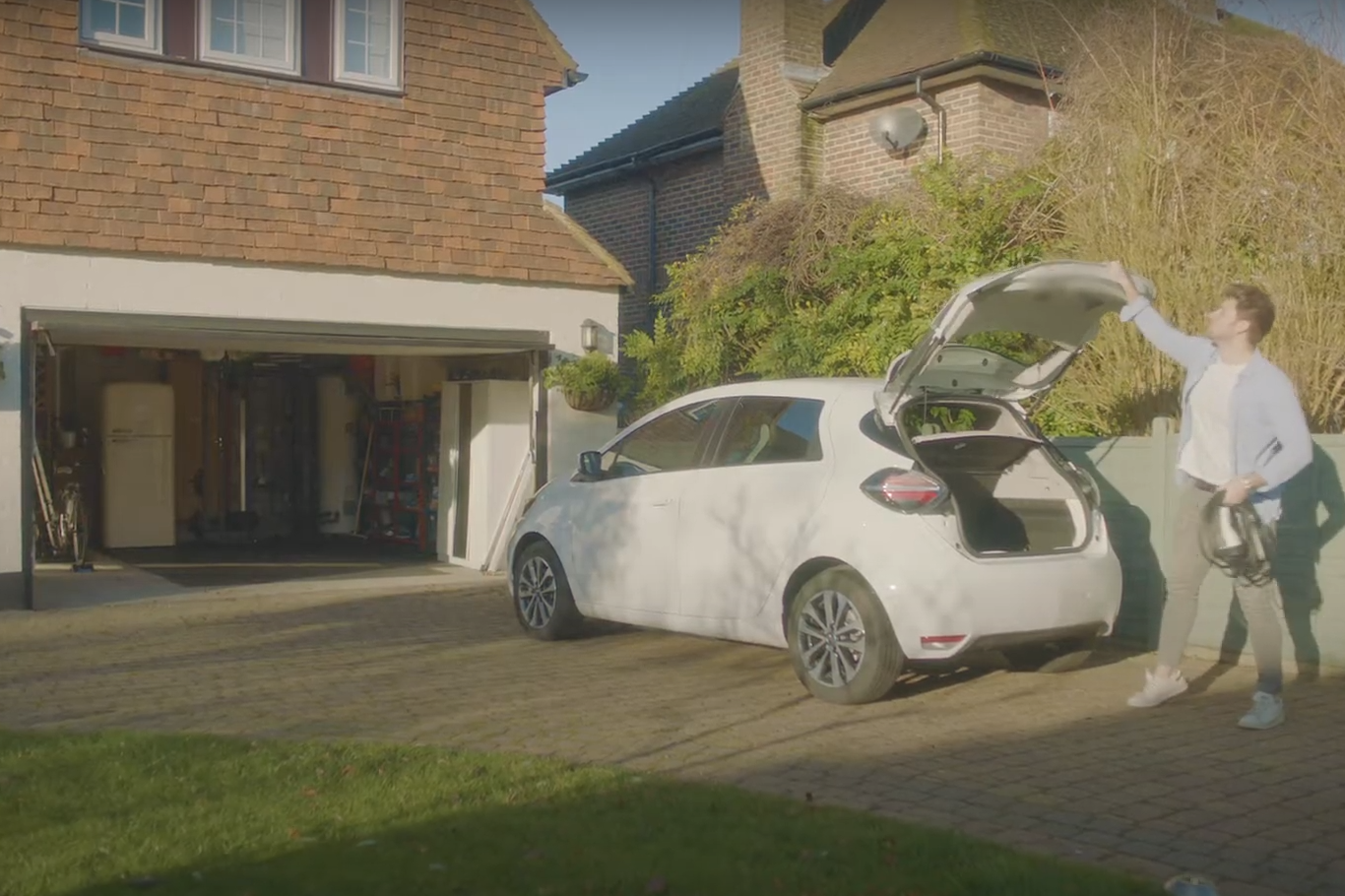
It will cost you a small amount to charge your electric car at home. But, we are talking about a fraction of the cost of petrol and plus, if you didn’t want refuelling to cost anything, then you can just use one of our charging partners for FREE charging at public networks.
To estimate the cost of charging an electric car, you first need to know the cost of electricity per kWh (between £0.27 – £0.29). You can then get an average for different cars, based on multiplying the cost of electricity per kWh, by the battery size e.g. if a car has a 42 kWh battery pack so will cost the following:
Average rate: £0.28 x 42 (kWh) = £11.76
We've also partnered with the UK's leading home charger company PodPoint, so you can get a home charger at a discounted rate. Find out more here >
Public networks
The UK has a large number of public EV charging networks, ranging from major UK wide networks to regional networks. As part of your subscription to Onto, we offer free public charging at over 14,000 stations in the UK. These include Shell Recharge and Tesla Supercharger for our Tesla drivers. For more information click here.
Find a charging station near you
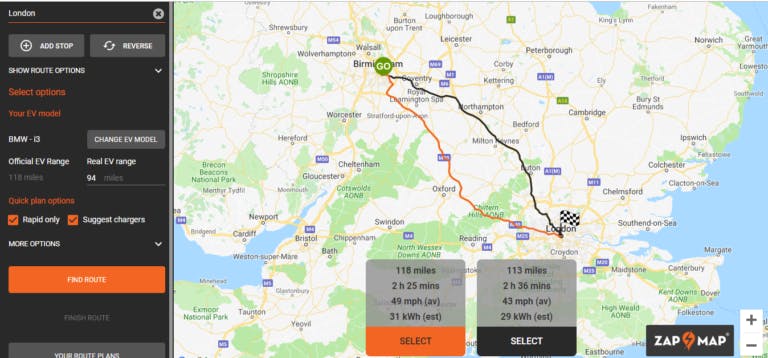
If you’re new to charging electric cars, then we’d highly recommend using Zap-Map (which works like Google Maps) before your journey. The website will show you the different locations and types of charging points available to you.
One feature we particularly like is the route planner, which will help you to map out your stop off points if you need to charge your car. See above as an example, how Zap-Map generates two different options for travelling from Birmingham to London. The orange line highlighting the best route to take if you need to charge your battery en-route.
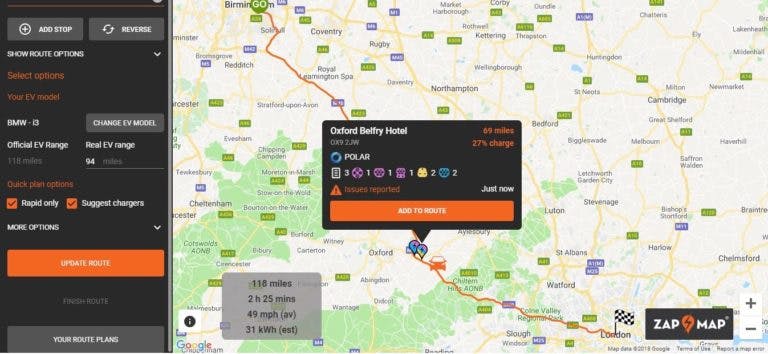
In this example, Zap-Map recommends stopping to charge at the Oxford Belfry hotel, en route. Keep in mind however that hotels may fine you for using the charger whilst not actively staying at the establishment.
Another app we recommend downloading is, WattsUp, not to be mistaken by the very similar sounding messaging app, Whatsapp.
WattsUp is similar to Zap-Map, but different in user face and its focus on rapid charging. It’s worth checking out and seeing which you prefer or possibly using both alongside each other.
Workplace charging
Workplace charging has become much more common, as business owners see the benefits of installing electric car charging points for employees, visitors and potential customers. Employees also reap the benefits of being able to charge their car while they are working. It’s worth investigating into government grants for your business if you have an electric car and would like to charge it at work.
The different types of EV charging?
There are three main types of power outputs for electric car chargers; rapid, fast and slow, all of which are measured in Kilowatts (KW). As you may have guessed, they are distinguished by their charging speeds. Check out your car’s page to find its specific charging times.
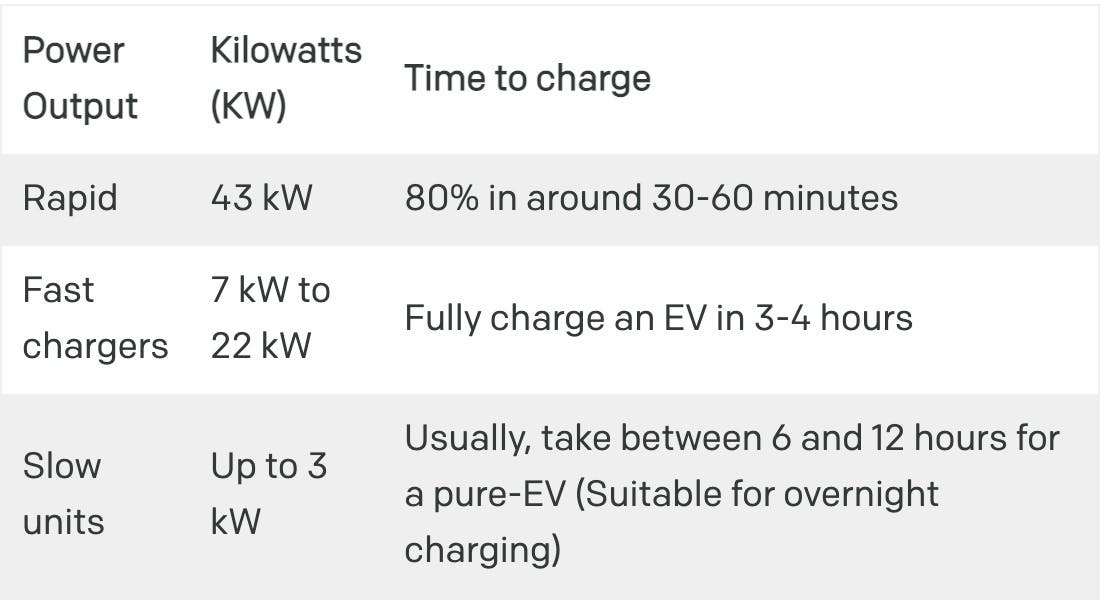
Type two chargers are most commonly used for electric cars, they have a seven pin plug (below right), but you may also come across a CCS (combined charging system), which is a five-pin plug developed by major German car manufacturers in cars like ones found in some BMWs.
Type 2

CSS
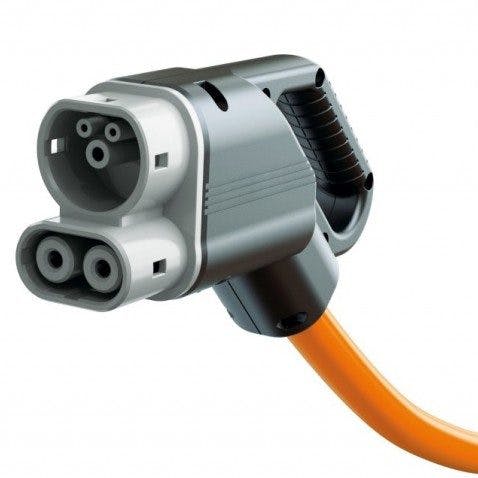
Conclusion
There is always going to be a bit of trial and error initially in identifying the best spots for charging, but soon it will become second nature. We recommend reading this article before you venture out on your first journey or even if you have had your car for a while and are still a bit unsure. It will help to save you time and hopefully money too.